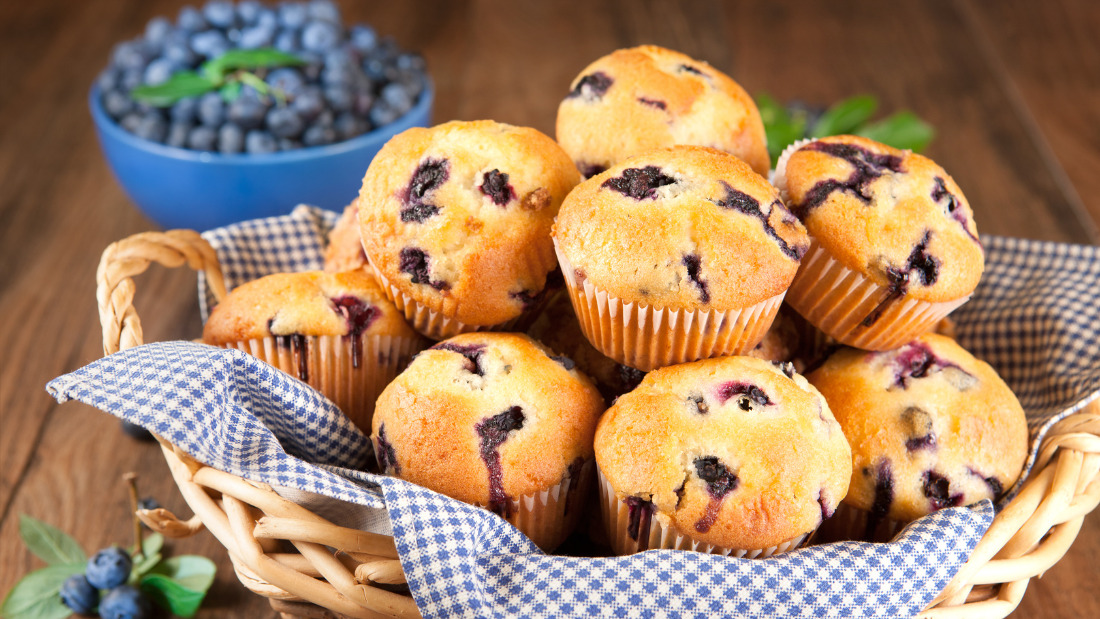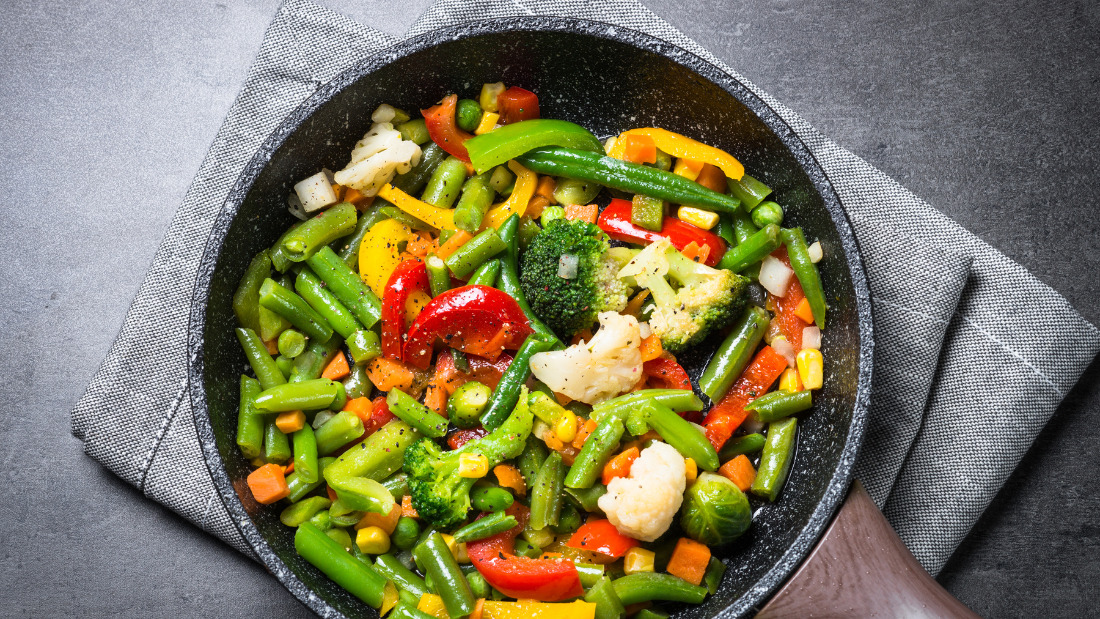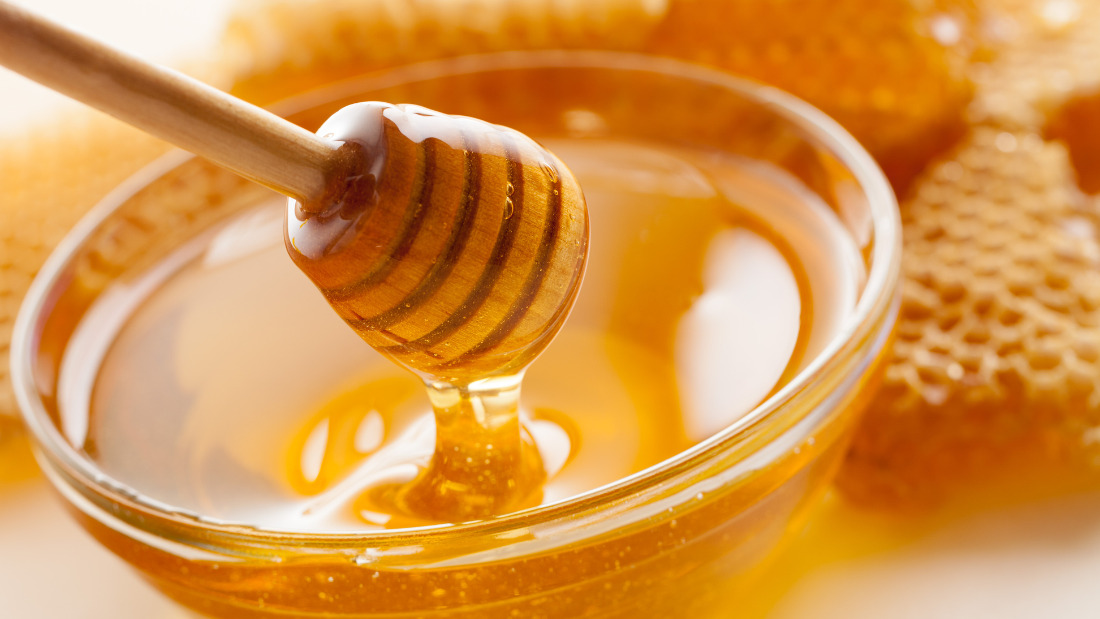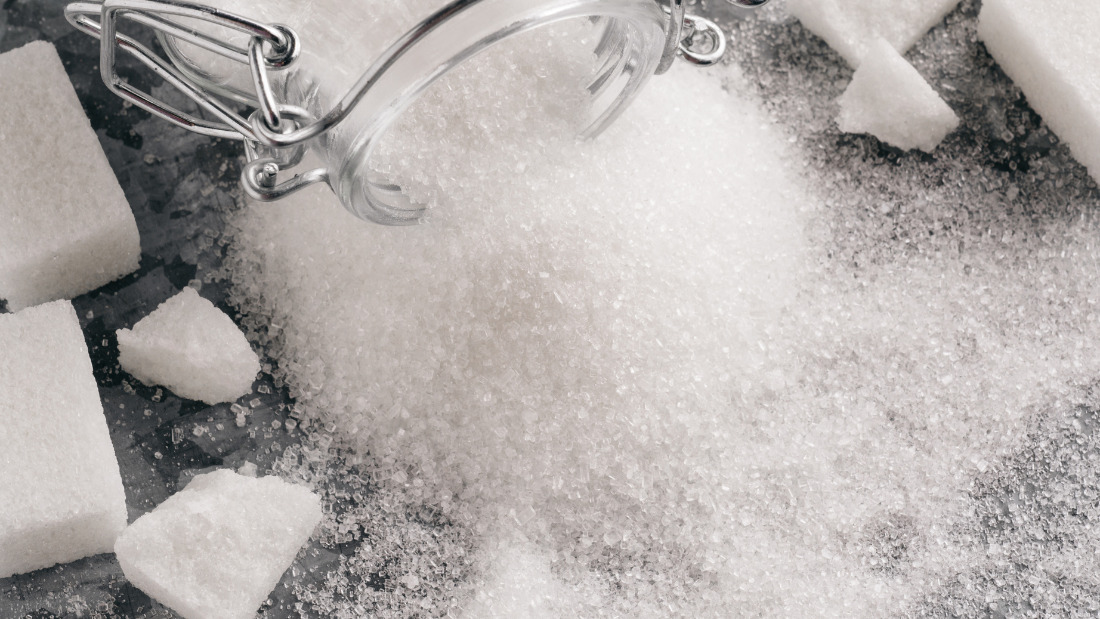In this post, I share my experiences from my week without added sugar.
As mentioned in my earlier post, I wasn’t expecting the week to be too difficult.
Even though I usually choose foods and drinks without added sugar, I learned a few things about food and myself. These revelations might help you too.
Image credit: Leonie Wise, Unsplash Photos
Foods without added sugar
I will go through each of my challenge guidelines and let you know how I fared:
No free sugars, such as table sugar, honey or syrups, added to my drinks or foods, including baking
The only usual source of sugar that I add to my foods and drinks is honey. To remind myself that I wasn’t eating honey, I put it in the cupboard, out of sight.
This action would prevent me from mindlessly adding it to my chai or porridge. Whilst I am a mindful eater, I do have moments of mindlessness too.
I prepared morning tea for a friend during the week and she rather enjoys my homemade muffins.
The most sugar I would add in my recipe is about 1 teaspoon of raw sugar per muffin, depending on the other ingredients.
Would we miss the sugar? No, the banana and blueberry muffins tasted perfect without added sugar, and I used the usual amount of fruit.
No pre-prepared foods with added sugar e.g. cakes, biscuits, chocolate, sauces and jams
Foods that I felt like during the week that include hidden sugar:
Peanut butter—fortunately we had two varieties of peanut butter in our cupboard. The fact that one brand had added sugar surprised me, but what was the difference in sugar content?
I worked this out by using the sugar content (per 100g) of the added sugar variety minus the sugar content (per 100g) of the no added sugar variety.
The difference was 2.7g added sugar per 100g, but this was working on the assumption that the raw peanuts used in both varieties had the same amount of natural sugars, which may not be correct.
An average serve of peanut butter is 20g (one tablespoon) and has 0.54g of added sugar, or 1/8 teaspoon.
Does this matter? Well it depends on how much peanut butter you eat, along with other foods that contain added sugar.
The more pre-prepared foods you eat, the more likely you are to be consuming added sugar and salt.
Chocolate—we were given some chocolate-coated almonds as a gift.
Almonds have about 3.9g natural sugars per 100g, and the chocolate-coated ones have 54.5g. So this means that there is 50.6 g added sugar.
A serve of 3 chocolate-coated almonds weighs 25g and has 12.65 g added sugar, or just over 3 teaspoons of sugar.
Therefore each coated almond had about 1 teaspoon of added sugar.
Granola on natural yoghurt—the natural yoghurt has no added sugar.
It is difficult to calculate the added sugar (honey, brown rice malt syrup) in the granola as it also contains dried fruits and nuts, which have natural sources of sugar.
I have never read the label on this product before, but now that I know it has rice malt syrup added, I probably won’t buy it again.
Rice malt syrup is a highly refined product with a high glycemic index. Regardless, 100g of this granola contains 9.3g of total sugars and the suggested serve of 45g is double what I usually have on my yoghurt.
The total sugar content of a 20g serve is about 1 teaspoon of total sugar.
Soy sauce is an ingredient that I use a couple of times a week. It does have added sugar and naturally occurring sugars from the soybeans and wheat.
Two serves of soy sauce a week is 1.6 g sugar which is less than 1/2 teaspoon of sugar. During my week without added sugar, I did have a piece of left over tofu that had been marinade in soy and honey, but I estimate no more than 1/2 teaspoon of sugar in total.
Soya milk is not usually my preferred milk, but I did have a glass during the week to finish off a container that was in the refrigerator.
I checked the ingredients list prior to adding the milk to my smoothie, and yes it had added sugar in the form of tapioca syrup.
I compared the milk to a no added sugar variety of soy milk and estimated 4.5 g of added sugar per 250ml of milk.
This is just over a teaspoon of added sugar. This estimate is based on the assumption that the naturally occurring sugar in the soybeans in both milks was the same, and this might not be correct.
No fruit juice and no added sweeteners of any sorts including stevia and artificial sweeteners.
Not drinking fruit juice or having foods and drinks without added sweeteners is usual for me. I included these criteria for anyone who chose to join in the challenge.
How did I overcome the missing sugar?
I skipped the added honey in my chai and porridge.
To my surprise, I did not miss the honey. I noticed the spices in the chai and porridge.
The sweetness of fruit added to my porridge was also more intense, but pleasurable. During the week I added turmeric and cinnamon to my porridge and my fruit varied from sultanas, banana, peach, apricot and blueberries.
I chose a no-added sugar peanut butter, which is the usual product that I eat.
The most surprising food swap was my replacement for chocolate. I was hungry after an afternoon of gardening.
My initial instinct said “chocolate,” but when I reflected on what I really felt like eating, I chose a slice of wholegrain sourdough bread topped with 1/4 avocado.
This made sense, as the bread provided a source of glucose and the avocado delivered the smooth and creamy texture of chocolate.
Instead of granola on my yoghurt, I chose a mix of seeds, nuts, and dried fruit. Fresh fruit would be a good option too. Moving forward, I will make my own granola without adding sugar or honey.
Soy milk, other than the glass I drank to finish the container, is not a regular food for me. I usually have dairy or rice milk (without added sugar).
Soy sauce was replaced in stir-fries with fresh herbs. I made a basil and tomato stir-fry that didn’t require either added salt or sugar.
Ginger, garlic, and chilli are great for flavour, but if you are sensitive to spicy hot, then skip the chilli and garlic.
“In regards to any side effects or health and wellbeing benefits, non to report, but then I don’t usually eat a lot of added sugar.”
My usual amount of added sugar
The amount of sugar that I would usually have from foods with added sugar
- Homemade muffins: 2 per day for 5 days, up to 10 teaspoons of added sugar for the week
- Chocolate: if I’d eaten 3 almonds, I would have had 3 teaspoons of added sugar
- Granola: if I’d eaten my usual serving, I would have had 1 teaspoon of total sugar
- Soy sauce: if I added it twice weekly, then the total sugar would be 1/2 teaspoon
The number of teaspoons of sugar that I usually add to my drinks and foods
1/2 teaspoon honey per chai and 2 chai per day is 7 teaspoons of honey per week.
1/2 teaspoon of honey in my porridge each day is 3 1/2 teaspoons for the week.
The total added honey for the week is 10 1/2 teaspoons.
Honey is denser than sugar and weighs 7g per teaspoon, so this equates to 73.5 grams of honey.
To calculate the sugar content, multiply by 82% (the sugar content of honey), which gives you 60.27 g of sugar or 15 teaspoons of sugar.
The difference between honey and sugar is often a surprise.
World Health Organisation Guidelines
Compare my usual added sugar intake to the World Health Organisation Guidelines. The upper recommendation is 12 teaspoons per day, but additional health benefits are possible by having no more than 6 teaspoons of added sugar a day.
My estimated usual sugar intake for the week was 28 teaspoons
- Honey added to chai and porridge 15 teaspoons sugar
- Sugar added to muffins 10 teaspoons sugar
- Chocolate 3 teaspoons
This averages out to about 4 teaspoons a day. Plus added sugars that are difficult to quantify, such as my sweetened granola and soy sauce.
During the festive season and at different celebrations I may chose to have other foods and drinks with added sugar.
My experience shows that eating mostly whole foods and adding sugar or honey to a few foods makes a eating within the World Health Guidelines achievable and satisfying.
#1 If I had eaten out during the week at a cafe or restaurant, then I would have not chosen a cake or muffin, and I would have inquired about sugar added to sauces and dressings.
#2 The fact that I prepared all of my own meals for the week meant I knew what the ingredients were.
#3 I also use very few pre-prepared sauces, which can have added sugar and salt. As I experienced, it pays to read your food labels.
What I learned from my week without sugar is that most of the added sugar that I eat, I can do without.
I enjoyed my chai and porridge without honey, and my friend and I didn’t miss the sugar in the muffins.
At no time during the week did I feel deprived because I couldn’t have added sugar, but this is due to my many years of eating mindfully and listening to my body.
It is also the learned ability to pause and say, “Yes I feel like chocolate, but is there anything else I can eat?”
In my case I accepted the challenge of a week without sugar and chose a satisfying alternative to chocolate that even surprised me.
In regards to any side effects or health and wellbeing benefits, non to report, but then I don’t usually eat a lot of added sugar.
If you have any questions about this post, or any others that I have written, please write in the comments section below or send me an email.





